“Listen Josef,” said the Czech playwright Karel Čapek to his brother. “I have an idea for a play.”
Josef, an artist of some renown, was painting furiously and unimpressed by his brother’s intrusion. “What kind of play?” he asked, sharply. Karel set out the plot. In the future, humans have created synthetic, humanoid creatures to increase productivity in the factories and fight wars on the battlefield. Built as slave workers, they will eventually rise up and wipe out the human race.
Josef was indifferent to the idea. “Then write it!” he said. But Karel was stuck. He could not think of the appropriate word to describe his artificial workers. “Call them roboti,” said Josef. This was the Czech word for serf or forced labourer.
Karel decided the word robot was a perfect fit. The play, Rossum’s Universal Robots (RUR), premiered in Prague in January 1921. The exchange with his brother was relayed by Karel Čapek in a newspaper some years later, reflecting on how he introduced the word robot to the world when the play premiered in January 2021 – now exactly 100 years ago.
The play was a hit. An original work of science fiction, it fed into early 20th-century fears about technology’s role in the drive for mass production after the first world war. RUR’s bold and nightmarish vision of a future where humanity is under threat by robots caused a sensation.
Kara Reilly is an academic, dramaturgist and author of Automata and Mimesis on the Stage of Theatre History. In her book, she says: “Everyone in the audience would have known someone who died as a result of the war, and the idea of robot replacements for soldiers would have been compelling.
“With its use of tanks, zeppelins and photographic imagery, the first world war was a showcase for emerging technology. It made people suddenly aware of the very real possibility of the destruction of the human race by its own machine-based creations.”
Čapek’s robots furthered the debate as to whether technology might liberate workers and eradicate manual labour. As Reilly remarks: “These slaves have the potential to transform the world into a paradise for human beings. In part, RUR interrogates and satirises that modernist struggle between capital and labour to forge a workers’ paradise.”
The first English translation arrived on Broadway in 1922, featuring a young Spencer Tracy. A year later, it was playing in the West End at St Martin’s theatre, with one reviewer in the Pall Mall Gazette commenting: “The Robots are made quite haunting with their heavy expressionless faces and automaton gestures. As one comes out, poor soulless Robots seem still to be crowding round – in the street, the tube lift, the strap hung train. Curious effect! Can it be true?”
RUR was both captivating and terrifying to audiences. In 1927, it was the first full-length play to be aired in its entirety by the BBC, and later, in 1938, it became the world’s first televised piece of science fiction when a half-hour programme went out live on the BBC.
“I do think the ideas in RUR have continued to influence sciencefiction culture, even on a unconscious level,” says award-winning, bestselling science fiction author Stephen Baxter. “Čapek’s robots rebelled, as have robots ever since, from The Terminator to The Simpsons.
“Nowadays we think more of possibly disembodied AI’s rather than humanoids, but the moral dilemmas are the same. How do you control robots? I don’t believe Čapek thought all this through consciously but he gave us a fable, almost a biblical parable, to enable us to explore such issues. Coining the word ‘robot’ was a new idea to explore in both fiction and science itself.”
While Čapek’s invention of the ‘robot’ proved to be culturally and scientifically significant, RUR’s popularity faded, and today the play is largely unknown.
Caitriona McLaughlin is an Irish theatre director who directed the Irish National Youth Theatre’s 2017 production of RUR at the Abbey theatre in Dublin. “I was looking for a play that attempts to articulate who we are as a species and what sort of moral code we want to set for ourselves,” she explains. “RUR tapped into some very contemporary themes that I knew a young cast would respond to, in particular an over-reliance on technology.” The theme of uprising and revolt also provided an important cultural backdrop to the production. “We were working on the play amid a series of centenary commemorations marking the Easter Rising in Ireland and the lead-up to the formation of the Irish state, so it felt weirdly apposite.”
But, as McLaughlin discovered, interpreting a century-old science fiction play for a 21st-century audience presents its own challenges. “The text itself was a little dated, and we needed to find a way of building a view of the future created in the past that still looked like the actual future.”
Čapek’s humanoid robot workers and futuristic island setting provide artists and directors an opportunity to assemble distinctive stage designs. “Our set and costume designers created a world which was satisfyingly retro, but still otherworldly enough to support the production,” says McCoughlin. “The overall design concept became the lens through which we could explore some very existential questions about humanity.”
It’s easy to see how RUR has influenced science fiction storytelling, from Philip K Dick’s androids dreaming of electric sheep to Arnold Schwarzenegger’s perpetually returning terminator. There is even a Rocky Horror Picture Show-style rock musical inspired by RUR. Rob Susman, creator of Save the Robots, says: “It was a play I read in school that always stuck with me.” Although, as co-writer Jacques Lamarre points out, the overt campness wasn’t necessarily apparent in Čapek’s original. “Our version goes a little further by having the scientists wearing leather and panties,” he says.
RUR also featured in the burgeoning career of a British film icon. In 1986, Michael Caine appeared on the Wogan show and told how his father, a fishmonger, had advised him: “‘Never do a job where you can be replaced by a machine” [pause]. So I became an actor [laughter]. And the first play I ever did, I played a robot [more laughter]. Very esoteric in the amateur dramatics society, it was a play called Rossum’s Universal Robots, RUR. A critic in the South London Press said, Mr Caine was very convincing as a robot.”
To commemorate RUR’s centenary, a Prague-based project, TheAItre, will stream a live performance of the first play ever written by robots. It will be available, for free, on 26 Febuary.
TheAItre is a collaboration between AI programmers, researchers and theatre representatives, who ask the question: do you think artificial intelligence is able to create a theatre script? Can it write a play about its own father, Karel Čapek, who wrote about robots 100 years ago? Rudolf Rosa, a robopsychology expert from Charles University in Prague, has been using the nickname RUR since his schooldays and was asked to lead the project. Technically, it won’t be robots writing the play, because as Rosa explained in a recent interview, “while robots exist and are used, unlike classical ideas, they are not very intelligent in themselves. The intelligence is usually hidden elsewhere, in powerful computers and servers in data centres. Robots are more like puppets.”
Čapek’s robots acted as a warning rather than a prediction. RUR asked that we consider where a relentless pursuit of technological progress might lead humanity. Today, 100 years later, humanity, for the most part, remains firmly in control of its machines. But, who knows, perhaps RUR’s 200-year anniversary will see both humans and robots joining in the celebrations.







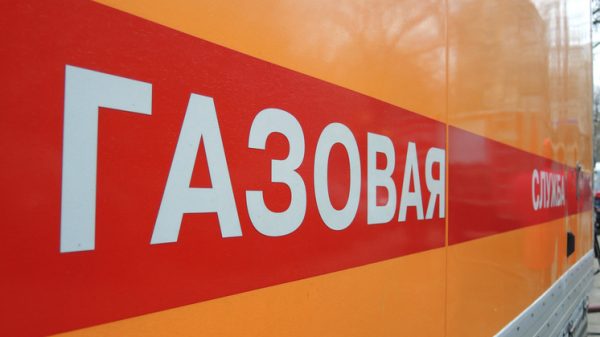

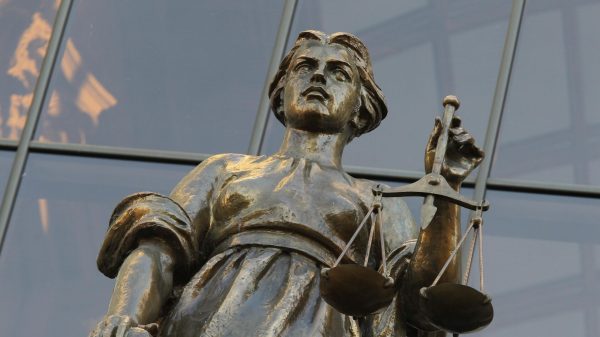


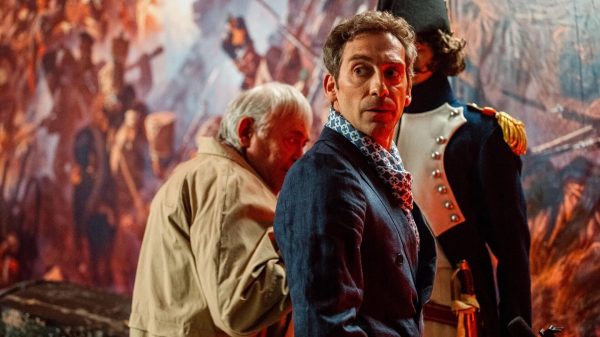





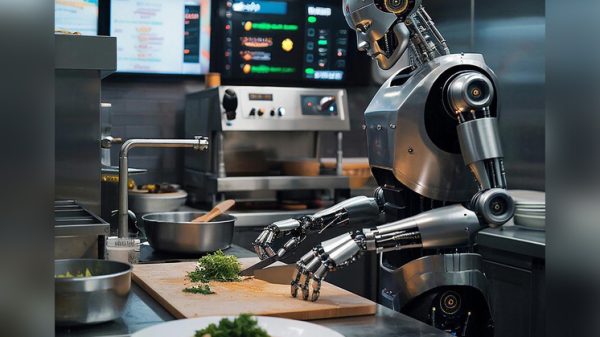
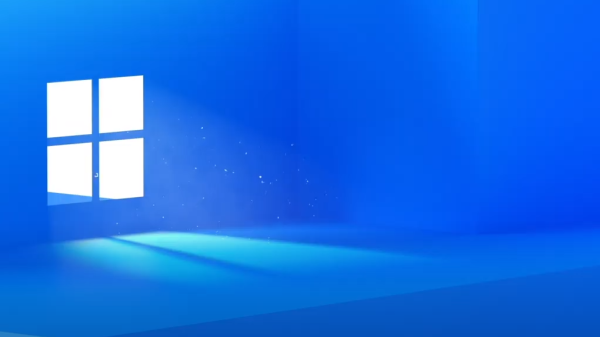




































Свежие комментарии